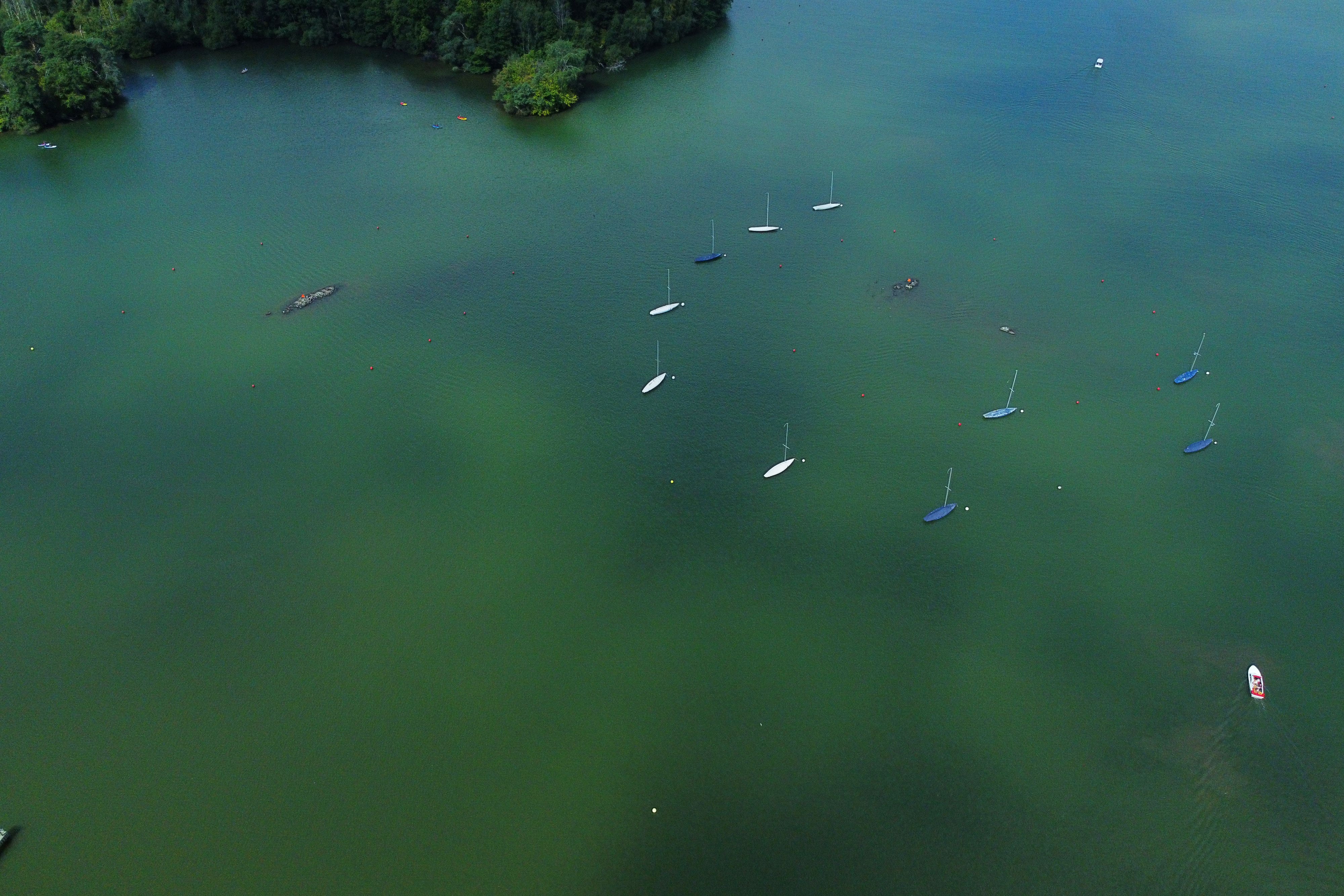‘Chemical cocktails’ polluting waters and poisoning wildlife, analysis shows
The combined effect of hundreds of chemicals is barely understood, with campaigners calling for greater funding to investigate.

Your support helps us to tell the story
From reproductive rights to climate change to Big Tech, The Independent is on the ground when the story is developing. Whether it's investigating the financials of Elon Musk's pro-Trump PAC or producing our latest documentary, 'The A Word', which shines a light on the American women fighting for reproductive rights, we know how important it is to parse out the facts from the messaging.
At such a critical moment in US history, we need reporters on the ground. Your donation allows us to keep sending journalists to speak to both sides of the story.
The Independent is trusted by Americans across the entire political spectrum. And unlike many other quality news outlets, we choose not to lock Americans out of our reporting and analysis with paywalls. We believe quality journalism should be available to everyone, paid for by those who can afford it.
Your support makes all the difference.“Chemical cocktails” are polluting England’s rivers, lakes and groundwater sites and poisoning wildlife, analysis has revealed.
Around 100 chemicals, including PFAS forever chemicals, pesticides and pharmaceuticals, have been found along the Mersey, Stour, Colne, Thames, Trent, Yare, Irwell, Medway, Humber and Avon rivers, though the actual number of pollutants is likely to be much higher, researchers said.
Using Environment Agency (EA) data, Wildlife and Countryside Link (WCL) and The Rivers Trust found toxic combinations proven to be harmful to wildlife in 814 river and lake sites – 81% of the total where data is available.
They found the same cocktails in 805 groundwater sites, representing 74% of the total.
Researchers tested for five different hazardous mixtures involving the forever chemicals PFOS, PFOA, PFBS and PFHxS, the pesticide 2,4-D and the painkiller ibuprofen.
More than half of all the 1,619 sites studied contained three or more of the five toxic mixtures.
These chemicals, which enter the environment through industrial and agricultural pollution or sewage, combine to create increased poisonous effects on species such as amphibians, fish, insects, nitrogen-fixing bacteria and algae.
Detrimental effects include reduced growth and cell function, impacts on embryos and lower survival rates.
Any potential effect on humans, whether through bathing, drinking or recreation, is unknown.
Richard Benwell, chief executive of WCL, said: “A harmful chemical cocktail is being stirred up in UK rivers, putting wildlife and public health at risk.
“Government regulates and monitors chemicals individually, ignoring the cocktail effect. But our research shows that toxic combinations of pesticides, pharmaceuticals and forever chemicals are polluting rivers up and down the country.
“The new chemicals strategy must make sure harmful substances are regulated not just for individual risks, but for their effects in combination.”
Some of the sites where all five chemical combinations were found were in the rivers Chelt, Derwent, Trent, Exe, Ouse, Wansbeck and Yare.
The combinations include: PFOS and PFOA, which have been shown to damage amphibians’ cell activity; PFOS and 2,4-D, which is toxic to nitrogen-fixing bacteria; PFOS and PFBS, which damages algal photosynthesis and slows its growth; ibuprofen and PFOA, which damages the growth of the microalga called P. subcapitata; and PFOS and PFHxS, which reduces the survival of midges.
The researchers said these combinations were studied in a controlled laboratory and that they may mix with other chemicals in the natural environment in other unknown ways.
PFAS is the collective name for the group of nearly 10,000 industrial and household substances including PFOS and PFOA.
They are nicknamed forever chemicals because of their failure to break down in the environment.
PFOS and PFOA are the only two of the family that are restricted in the UK after they were linked to a series of severe health issues.
WCL and The Rivers Trust, as well as The Wildlife Trusts, Surfers Against Sewage, The National Trust and other environmental and conservation groups, are backing a campaign to phase out toxic chemicals such as PFAS from all but the most necessary uses.
They want chemicals regulated in groups, so if one chemical is found to be harmful then others with a similar molecular structure would face similar restrictions.
We will set out our approach to managing chemical mixtures in the chemicals strategy later this year
And they want to see more research into chemical cocktail impacts on wildlife and human health, with assessments on how substances interact before they are allowed on the market, as well as a more rigorous environmental monitoring programme with more funding for the EA.
Ruth Jones, shadow minister for environment, food and rural affairs, said: “The UK’s current approach on chemical pollution is failing, and these stark statistics are yet more evidence of this.
“No-one wants to swim in a lake polluted with pesticide, have hidden forever chemicals in our drinking water, or see otters, fish, dragonflies and other wildlife poisoned by toxic chemicals in our waters.
“We need action now to curb the chemical cocktail in our rivers, but it is slow to arrive and disappointing when delivered, such as recent limited proposals on PFAS regulation.
“The Government must up its game and tackle the sewage pollution scandal and chemical pollution crisis together to give communities and nature the clean water they deserve.”
A Government spokesperson said: “We are working closely with our regulators to assess the potential risks posed by unintentional chemical mixtures to our environment.
“This builds on work since the 2000s to increase monitoring and either ban or highly restrict a number of PFAS, both domestically and internationally.
“We will set out our approach to managing chemical mixtures in the chemicals strategy later this year.”